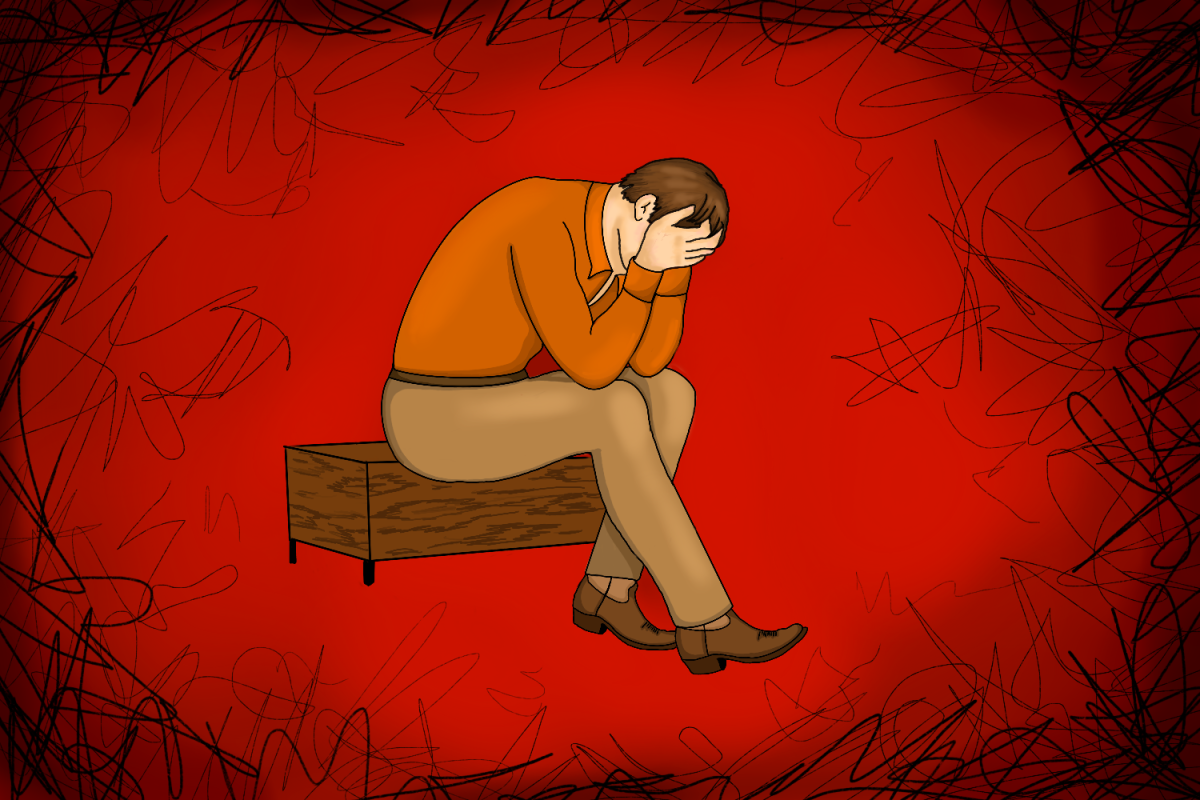Five out of 38.
That’s how many full-time female professors are currently employed by UT’s Mechanical Engineering department. As a field of STEM that already struggles to incorporate women, the fact that women make up less than 13 percent of the teaching staff doesn’t demonstrate progress in the right direction. Although the University encourages women to take part in STEM majors through various programs, it is important to reflect that gender inclusivity in the departments themselves. The gender distribution of professors should not be this heavily skewed, and UT should prioritize hiring more female professors to increase female representation in STEM.
Specifically, the mechanical engineering field could use improvements and further gender inclusivity. Only around 24 percent of undergraduates enrolled in mechanical engineering are women. Because STEM fields already have a heavy male presence in student population, it is essential that the professional staff is not also male-dominated. This can further discourage girls from pursuing engineering. With only five full-time female professors, there are few figures for undergraduate women to look up to as role models or mentors. Jacqueline Kelly, a mechanical engineering freshman, said women in STEM fields often face microaggressions that can lead them to doubt their own abilities.
“Some girls that I know don’t want to go into higher academia because it seems like the higher up you get, the worse the stigma is,” Kelly said. “If young women don’t see that there are successful women in the field, they might be discouraged from pursuing it.”
Kelly, who has previously participated in outreach projects for women in STEM, said having more women in positions of authority and representing higher academia within the department would provide the encouragement and role models female students need.
“Women can offer a different perspective in all fields, even STEM, and the female gender needs to be better represented in the (mechanical engineering) department,” Kelly said. “We should be able to see successful women and strive to achieve as much as them.”
UT provides organizations, such as the Women in Mechanical Engineering group, to encourage girls to pursue engineering, but the real impact starts with the department itself. The department and authoritative figures should reflect what they are encouraging and show women that they can strive to be as successful as their professors. Without gender inclusivity, students will not see women working in the field on a daily basis. Adela Ben-Yakar, a mechanical engineering professor, said that having more women professors can make female students feel more welcome and supported.
“When I was hired, I chose UT-Austin because it had more female faculty than other schools,” Ben-Yakar said. “But even here (at UT) we still have a lot of work to do to try to hire more female faculty within this department. We need to increase these numbers so that female students feel that this profession is feasible to do and that they have a good support system.”
When hiring staff, particularly in STEM fields, the University needs to be conscientious of gender representation. The statistics must be improved from as low a number as 13 percent. It is up to the University to recognize the issue and work to make changes. In the meantime, women in STEM can find resources in smaller, women-centric groups based on their college.
“Without more female faculty, female students don’t get to see all of the possibilities for them,” Ben-Yakar said. “If there were more women professors to provide examples and role models in mechanical engineering, female students would feel more empowered to pursue and achieve their dreams and goals.”
Female students in mechanical engineering deserve the guidance of more female faculty — the lack thereof is an issue that must be recognized and addressed so that women are encouraged to contribute to STEM fields.
Nayak is a communications sciences and disorders freshman from Austin.


















